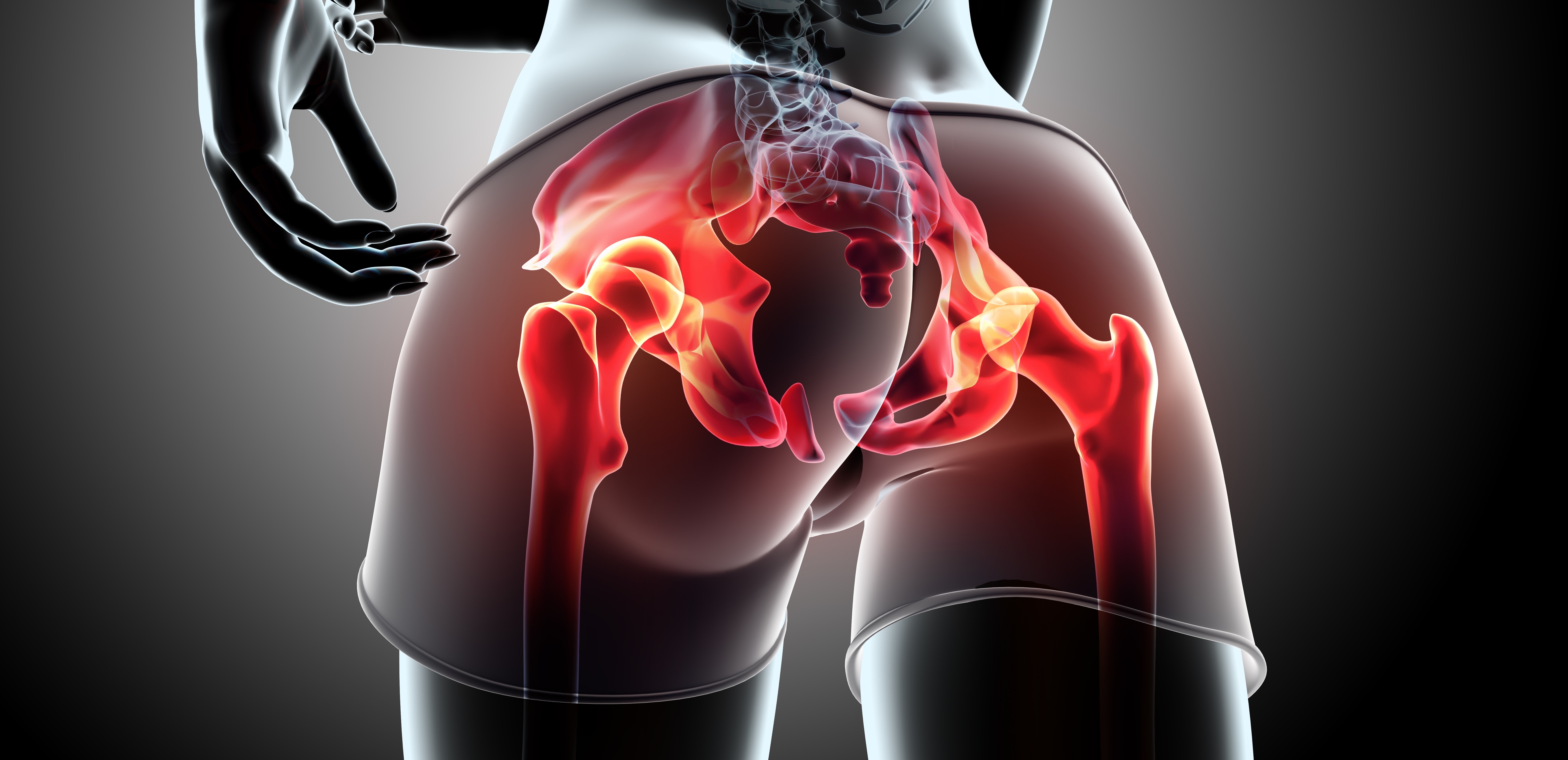
A 2015 U.S. government study revealed that over 300,000 Americans are undergoing hip replacement surgeries annually. While that may not seem like a lot, the number is on a sharp increase.
One important question is why. According to the study, more and more Americans are being diagnosed with osteoarthritis or deterioration of the joints. Because the hip joint is one of the most used in the body, more active people are more likely to see a faster breakdown of the structures that make up the joint. This is proven by an increasing number of patients under the age of 45 seeking hip replacement surgery, the study shows.
What Is Hip Replacement Surgery?
Hip replacement surgery removes a painful ball and socket joint impacted by arthritis, replacing it with a joint made from metal or plastic. Hip replacement surgery is considered a last resort when it comes to treating hip pain.
Hip replacement surgery is fairly invasive and requires patients to be put under for the duration of the procedure. An 8-inch incision is made in the upper leg near the joint. The muscle connected to the top of the thighbone is moved aside to expose the ball joint of the hip.
The joint is removed by cutting the thighbone with a saw. The artificial ball joint is attached to the thighbone with the bonding material, allowing the remaining bone to attach to the new artificial joint.
Next, the surface of the hipbone is prepared by removing damaged cartilage. The replacement socket part is then placed. The two new parts are then joined together to create a new ball and socket joint. A line may be installed for drainage of excess fluid. Finally, the incision is closed up.
Hip Replacement Surgery Recovery
Each patient is different, but following hip replacement surgery, patients can expect a four to six-day hospital stay. Physical therapy, which begins the day following surgery, can last from weeks to several months. Some patients may even be asked to avoid certain movements and activities for up to a year.
Stem Cell Treatment For Hip Pain
An alternative to invasive hip joint replacement procedures is stem cell treatment. Stem cell treatment uses your own healthy cells to help repair damaged joint tissue.
The treatment begins with a complete physical and medical history taken by a doctor specializing in stem cell treatment. Patients also will receive applicable imaging to determine if the hip joint deterioration is suitable for stem cell treatment.
After that determination is made, the procedure is scheduled in an outpatient center like that of Precision Pain Care and Rehabilitation.
During the procedure, which requires only local anesthesia, healthy stem cells are harvested from the patient through the use of a needle and imaging technology.
Those healthy stem cells are then spun in a centrifuge to separate those that are used in the procedure. Healthy stem cells then are injected into the hip joint tissue and the process of healing the damaged tissue begins.
Unlike invasive hip replacement surgery, the recovery time for stem cell treatment for hips is normally just a few short weeks and noticeable results can be seen in as little as a few days. Patients reported being able to return to normal activities in a fraction of the time of surgery.
See the educational video about Stem Cell Therapy for Hip Pain.
If you are suffering from hip pain, please contact our office at (516) 419-4480 or (718) 215-1888 to arrange an appointment with our Interventional Pain Management Specialist, Dr. Jeffrey Chacko.













